Cycling to Work
More and more people are taking to the bike to get them to their place of work - especially as the weather improves and we head into Summer months. But riding during rush hour can be a daunting experience for both new and experienced cyclists. Here's our guide to help make cycling to work a little safer.
Pre-ride Preparation
What you'll need
To be honest, to cycle to work you may decide that all you need is a bike! But there is (possibly) more to think about. It's easy to forget about some of the basic essentials like repair kit and bike pump or waterproof jacket for example. Don't worry though, we've got you covered. Check out our Buyers Guide to Commuting by Bike - for our 7 essentials recommendations.
What to wear
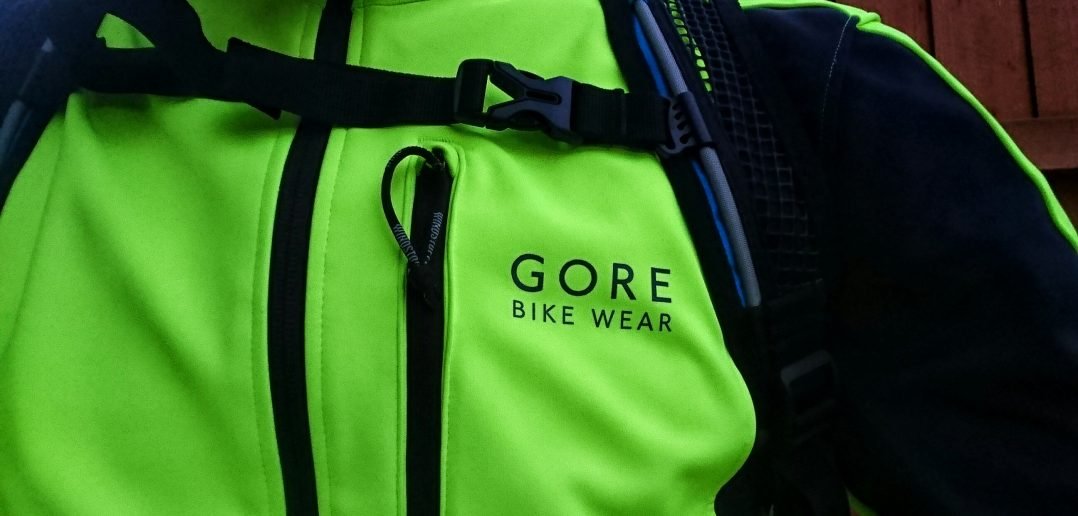 There isn't really a correct answer or suggestion for this. One of the main things to think about though is comfort. Your commute may only be a few miles or it may be well into double figures but you should ride in something that you feel comfortable in. Don't think that because you are commuting, you're not supposed to wear your weekend lycra (kit) - although a full aero-skinsuit might be a bit over-the-top. Likewise, just because you are riding your 'best bike', it doesn't mean you can't wear jeans or trousers. Only you can really decide what to wear, but you will need to consider what will happen at the other end. Will you need a shower/change of clothes. Make sure you're prepared as your colleagues may not be comfortable with your 'padded shorts' around the staff kitchen. Another thing we do recommend is that you need to make sure you're as visible as possible. Hi-viz or reflective clothing is ideal but not always essential. You could opt for using a hi-viz cover for your rucksack for example.
There isn't really a correct answer or suggestion for this. One of the main things to think about though is comfort. Your commute may only be a few miles or it may be well into double figures but you should ride in something that you feel comfortable in. Don't think that because you are commuting, you're not supposed to wear your weekend lycra (kit) - although a full aero-skinsuit might be a bit over-the-top. Likewise, just because you are riding your 'best bike', it doesn't mean you can't wear jeans or trousers. Only you can really decide what to wear, but you will need to consider what will happen at the other end. Will you need a shower/change of clothes. Make sure you're prepared as your colleagues may not be comfortable with your 'padded shorts' around the staff kitchen. Another thing we do recommend is that you need to make sure you're as visible as possible. Hi-viz or reflective clothing is ideal but not always essential. You could opt for using a hi-viz cover for your rucksack for example.
Plan your route
It may sound a bit silly as everyone knows where their place of work is, but not everyone knows the best way to get there by bike. You may recently have decided to start cycling to work but are not aware of local cycle routes or quieter roads away from heavy rush hour traffic. Try to work out the best route(s) in advance. You may ride a route that is longer in distance, but is actually safer with less cars. Organisations like Sustrans provide useful information about local cycle routes. Alternatively you may need to try some different routes to find the best for you.
Check your bike over
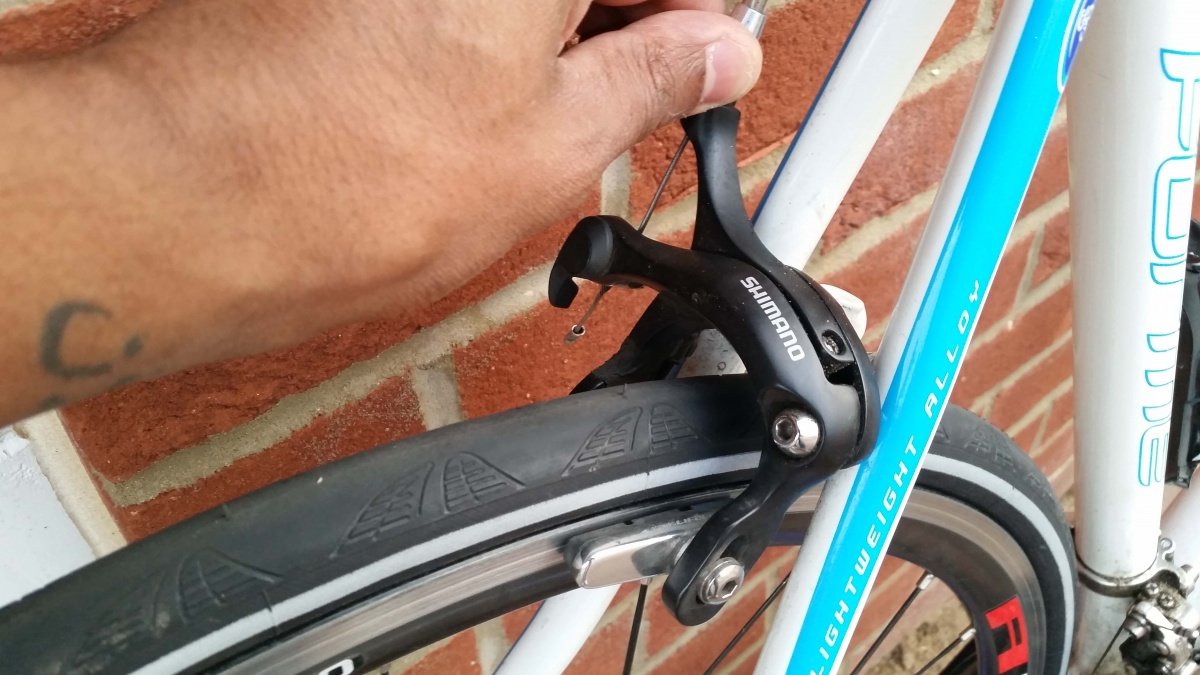 If you ride regularly, you will probably already have a routine for giving your bike a pre-ride safety check. This should include checking your brakes, tyres and mechanics. Check out our Pre-ride Bike Checks for our recommendations.
If you ride regularly, you will probably already have a routine for giving your bike a pre-ride safety check. This should include checking your brakes, tyres and mechanics. Check out our Pre-ride Bike Checks for our recommendations.
Leave yourself plenty of time
No-one likes having to rush or that feeling of being late. When cycling, being in a hurry can affect your concentration and judgement and cause you to take unnecessary risks when pulling out if junctions or weaving through traffic. Even jumping traffic lights. Once you have worked out the most suitable route for your journey, you will be able to gauge roughly how long it will take. It is also worth trying to get your bag ready the night before to save more time.
During Your Ride
Obey the rules of the road
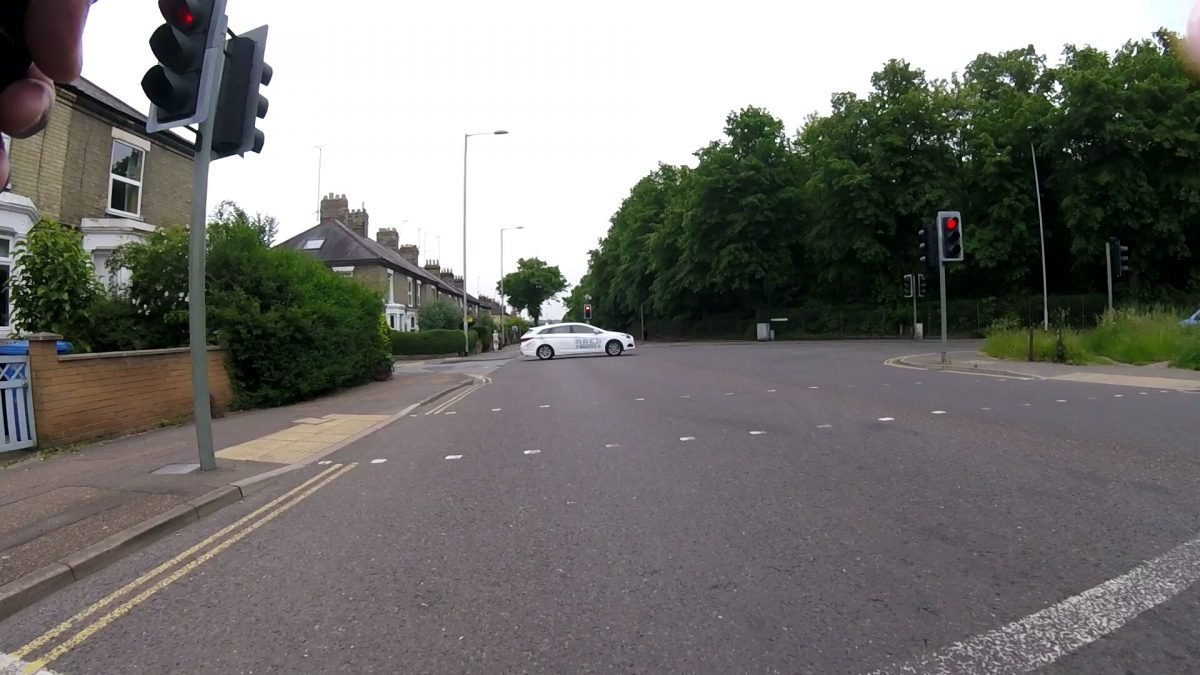 This is paramount. ALL road users are responsible for following the laws of the road. That means waiting at red lights & pedestrian crossings etc. Being a cyclist doesn't exclude you from these laws. Whilst it may not feel like it sometimes, most rules of the road are put in place for the safety of all road users and pedestrians. Things like not cycling on the path unless it is a shared cycle path is a prime example. Rush hour not only means an increased number of cars on the road, but also people walking to work and school. Shared cycle paths are (usually) wider than standard foot paths and some will have separate lanes for cyclists. Despite popular beliefs, it is not a legal requirement for you to use cycle paths/lanes but it is recommended where possible.
This is paramount. ALL road users are responsible for following the laws of the road. That means waiting at red lights & pedestrian crossings etc. Being a cyclist doesn't exclude you from these laws. Whilst it may not feel like it sometimes, most rules of the road are put in place for the safety of all road users and pedestrians. Things like not cycling on the path unless it is a shared cycle path is a prime example. Rush hour not only means an increased number of cars on the road, but also people walking to work and school. Shared cycle paths are (usually) wider than standard foot paths and some will have separate lanes for cyclists. Despite popular beliefs, it is not a legal requirement for you to use cycle paths/lanes but it is recommended where possible.
Signal your intentions and taking the lane
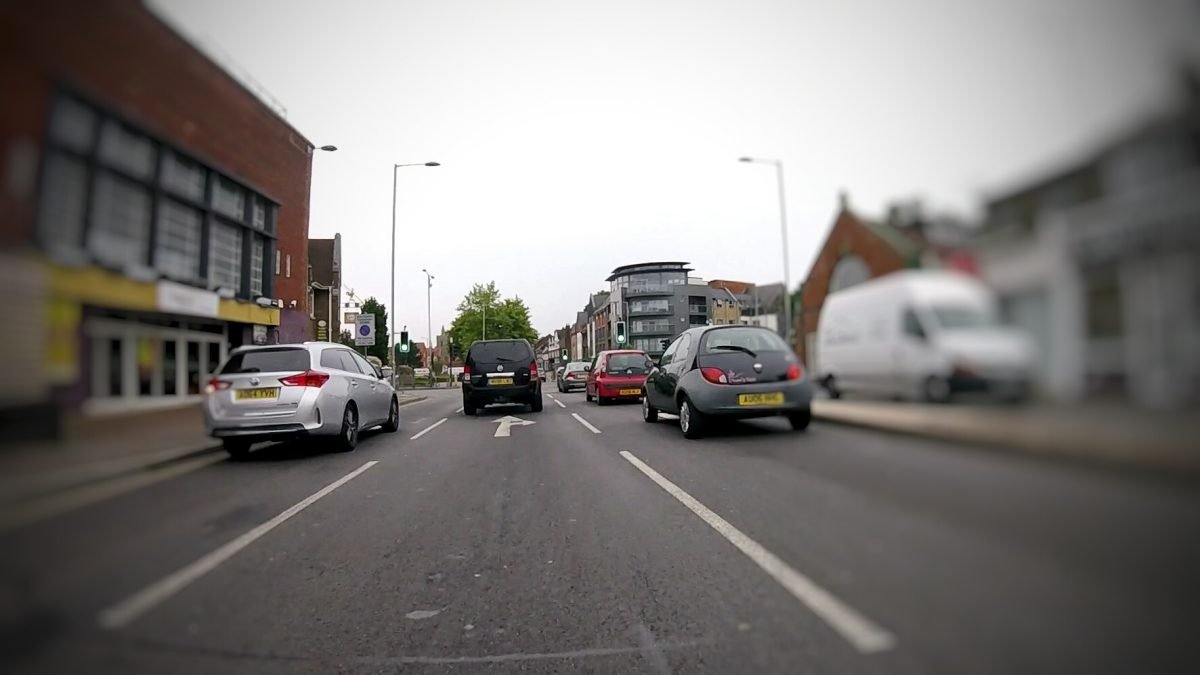 As a cyclist, you are a vulnerable road user. It is important that you make your presence known to other vehicles on the road. Make sure you signal your intentions when turning or slowing down or stopping. You don't have brake lights or indicators but simple hand signals will let drivers know when you're turning or stopping. On narrow roads or when stopping at junctions or traffic lights, you can - 'take the lane'. Make sure you make it clear that you intend to move into the middle on the road before you do so. Whilst some drivers may find this frustrating, it is safer for (and them), than if they try to pass you on a narrow road or lane. When pulling up to junctions or traffic lights, sitting in the middle of the lane and making eye contact with the driver(s) behind you lets them know you are aware of their presence. You may hold them up when pulling away, but this only need be for a matter of seconds. When safe to do so, maneuver back to the side of the road and allow the tailing traffic to pass you -safely. For more information - check out the think.direct.gov.uk/cycling campaign.
As a cyclist, you are a vulnerable road user. It is important that you make your presence known to other vehicles on the road. Make sure you signal your intentions when turning or slowing down or stopping. You don't have brake lights or indicators but simple hand signals will let drivers know when you're turning or stopping. On narrow roads or when stopping at junctions or traffic lights, you can - 'take the lane'. Make sure you make it clear that you intend to move into the middle on the road before you do so. Whilst some drivers may find this frustrating, it is safer for (and them), than if they try to pass you on a narrow road or lane. When pulling up to junctions or traffic lights, sitting in the middle of the lane and making eye contact with the driver(s) behind you lets them know you are aware of their presence. You may hold them up when pulling away, but this only need be for a matter of seconds. When safe to do so, maneuver back to the side of the road and allow the tailing traffic to pass you -safely. For more information - check out the think.direct.gov.uk/cycling campaign.
Manners - a thank you goes a long way
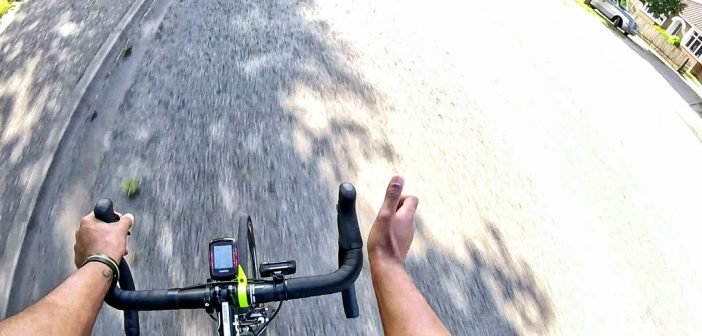 It's a sad fact but some drivers just don't want to see you on your bike, on the road. They are just not prepared to give you time or space and will get round you any way they can. However, there are drivers who are the complete opposite. They will not only be patient before attempting to pass you, when they do overtake, they give you plenty of room. A simple nod, thumbs-up, wave or verbal acknowledgement to thank these drivers goes a long way and will often be reciprocated and drivers will wave back. Lead by example and show that we (cyclists) have manners that others often lack.
It's a sad fact but some drivers just don't want to see you on your bike, on the road. They are just not prepared to give you time or space and will get round you any way they can. However, there are drivers who are the complete opposite. They will not only be patient before attempting to pass you, when they do overtake, they give you plenty of room. A simple nod, thumbs-up, wave or verbal acknowledgement to thank these drivers goes a long way and will often be reciprocated and drivers will wave back. Lead by example and show that we (cyclists) have manners that others often lack.
Pedestrians sometimes don't look
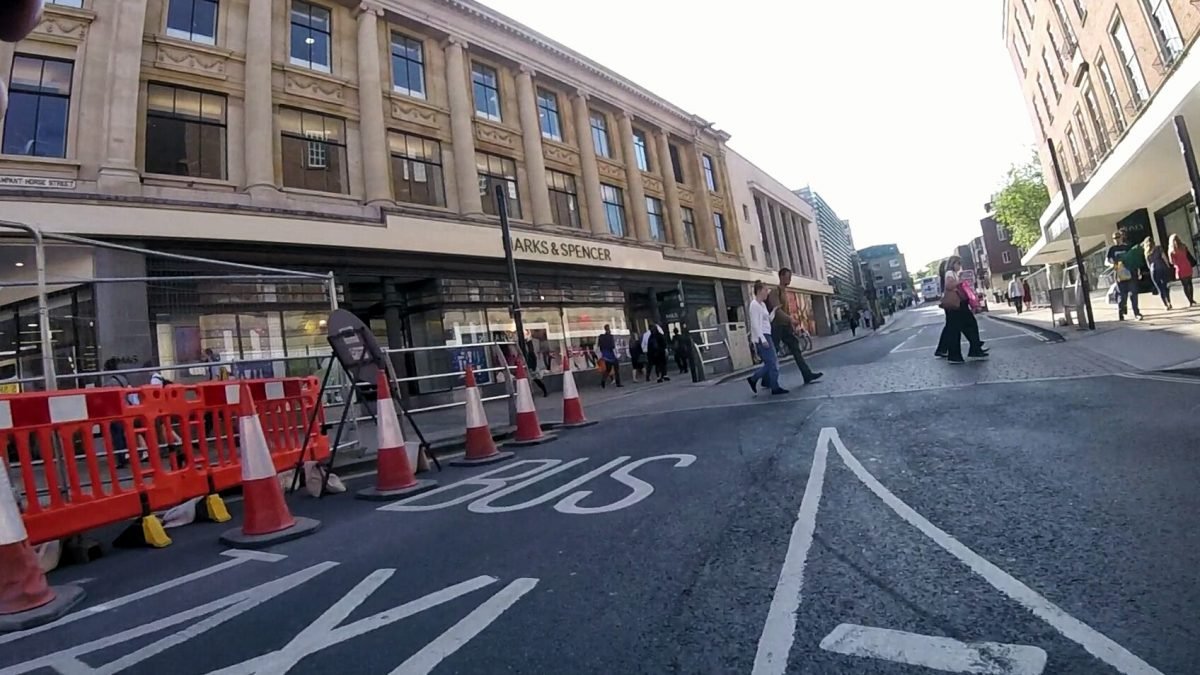 When cycling at any time of day, it goes without saying that you will need to be alert to possible hazards in and around the road. But sometimes you will need to think for others. Commuting by bike, you may find lots of people will be getting to work on foot and getting off of buses. Pedestrians tend to look for cars, lorries and bus etc, before crossing the road but this isn't always the case when it comes to cyclists. Some pedestrians may see the road is clear of motorised traffic and step out without thinking to look out for you on your bike. Or they may be distracted on their phone or talking to each other. May be an obvious suggestion would be to use a bike bell - but many cyclists are reluctant use one and this is not a legal requirement for cycling on the road. Be aware of whats going on at the side of the road and crossings, as well as on the road. Be prepared to brake or maneuver quickly.
When cycling at any time of day, it goes without saying that you will need to be alert to possible hazards in and around the road. But sometimes you will need to think for others. Commuting by bike, you may find lots of people will be getting to work on foot and getting off of buses. Pedestrians tend to look for cars, lorries and bus etc, before crossing the road but this isn't always the case when it comes to cyclists. Some pedestrians may see the road is clear of motorised traffic and step out without thinking to look out for you on your bike. Or they may be distracted on their phone or talking to each other. May be an obvious suggestion would be to use a bike bell - but many cyclists are reluctant use one and this is not a legal requirement for cycling on the road. Be aware of whats going on at the side of the road and crossings, as well as on the road. Be prepared to brake or maneuver quickly.
Conclusion
As always, you may have your own ideas about commuting or we may have missed some things. We're not trying to teach anyone how to cycle - but cycling to work in traffic can be very different to your weekend social off-road or around country lanes. If we can help make your commute a little safer and make you more confident - then we're happy. Most important things are to always be alert, signal your intentions and ride safe.

